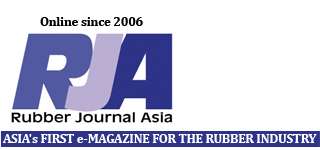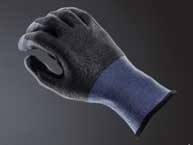US materials firm Avient Corporation has announced its third generation of Dyneema Diamond fibre. The firm says it surpasses cut protection and light-weight performance of prior-generation fibre, enabling gloves to be made using a single yarn, without the need for reinforcement yarns.
According to OSHA and the Bureau of Labor and Statistics, 70% of workplace injuries result from unworn gloves. Dyneema has been tackling this issue for over a decade through its Diamond fibre technology, which supports the creation of protective gear with strength, wearability, and reliability for sectors, including automotive, medical, food, and heavy industry.
With the new 3.0 fibre technology, the result of three years’ R&D, Dyneema raises the bar yet again, it adds.
Gloves made with Dyneema Diamond 3.0 are up to 40% lighter than those made with previous fibres – a game-changer for user comfort. It also delivers breakthrough improvements in worker safety, with 6 times higher cut resistance than gloves made from generic HPPE fibre, and a +2 cut level compared to previous generations of Dyneema fibre.
Further advantages over other fibres include improved coating adhesion, higher fiber integrity, plus touchscreen friendliness.
These fibre attributes are made possible by patent-protected technology unique to Dyneema, by which raw ingredient polymer is molecularly engineered for strength, then enhanced with cut-resistant microparticles spun directly into the polymer.
This technique, made possible by pioneering science and a custom engineering process, delivers another crucial benefit: enabling protective gloves to be made with single yarn technology, with no need for additional reinforcement yarns to achieve cut resistance.
This opens up greater design flexibility and allows producers to craft silky-smooth gloves that keep hands agile and dexterous throughout the working day.
As one of the world’s only backward-integrated HPPE producers, Dyneema maintains complete control over every stage of the fibre manufacturing process, from raw material to polymer and fibre production, it adds.
This vertical integration means quality and performance can be guaranteed at every stage, allowing glove manufacturers to consistently deliver a fibre with performance, comfort, and durability.

